Entry Category: Individuals and Units - Starting with F
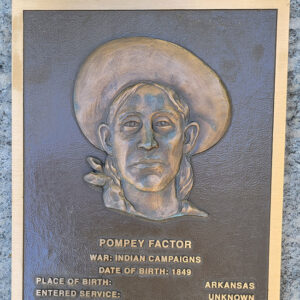 Pompey Factor Plaque
Pompey Factor Plaque
Fagan, James Fleming
 John R. Fellows Death Article
John R. Fellows Death Article
Fernandez, Josie
Fifteenth (Johnson’s) Arkansas Infantry (CS)
Fifteenth (Josey’s) Arkansas Infantry (CS)
Fifteenth (Northwest) Arkansas Regiment (CS)
Fifth Arkansas Infantry (CS)
Fifty-first United States Colored Troops
aka: First Mississippi Infantry Regiment (African Descent)
Fifty-seventh Regiment, United States Colored Troops (US)
aka: Fourth Arkansas Infantry (African Descent)
First (Crawford’s) Arkansas Cavalry (CS)
aka: Tenth Trans-Mississippi Cavalry
First and Second Kansas Colored Volunteer Infantry Regiments
aka: Seventy-Ninth and Eighty-Third United States Colored Troops
First Arkansas Infantry (US)
First Arkansas Light Artillery (CS)
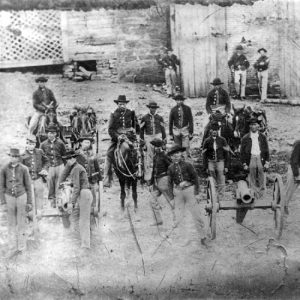 First Arkansas Light Artillery Battery
First Arkansas Light Artillery Battery
First Arkansas Light Artillery Battery (US)
First Arkansas Light Battery (African Descent) (US)
aka: Battery H, Second U.S. Colored Artillery (Light)
First Arkansas Union Cavalry (US)
First Arkansas Volunteer Infantry Regiment (African Descent) (US)
aka: Forty-sixth Regiment U.S. Colored Troops
First Arkansas Volunteer Infantry Regiment (CS)
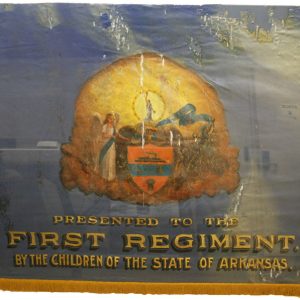 First Regiment Flag
First Regiment Flag
Flanagin, Harris
Floyd, John Buchanan
 Samuel Fordyce
Samuel Fordyce
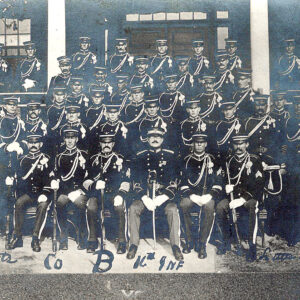 Fort Logan H. Roots Company B
Fort Logan H. Roots Company B
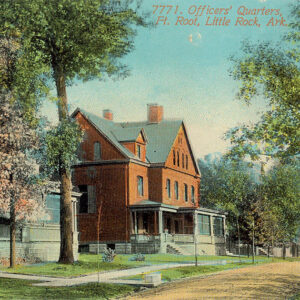 Fort Logan H. Roots Officers' Quarters
Fort Logan H. Roots Officers' Quarters
Fourth Arkansas Cavalry (US)
Fourth Arkansas Infantry (CS)
Fourth Arkansas Mounted Infantry (US)
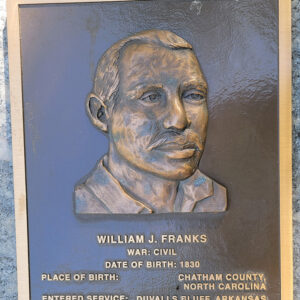 William J. Franks Plaque
William J. Franks Plaque
Franks, William Joseph
Freeman, Thomas Roe
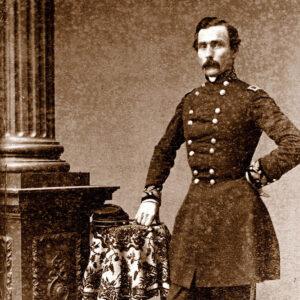 Daniel Marsh Frost
Daniel Marsh Frost
Fulkerson, Floyd Hurt, Jr.
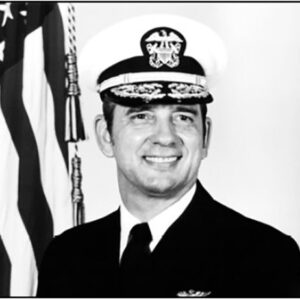 Skip Furlong
Skip Furlong




